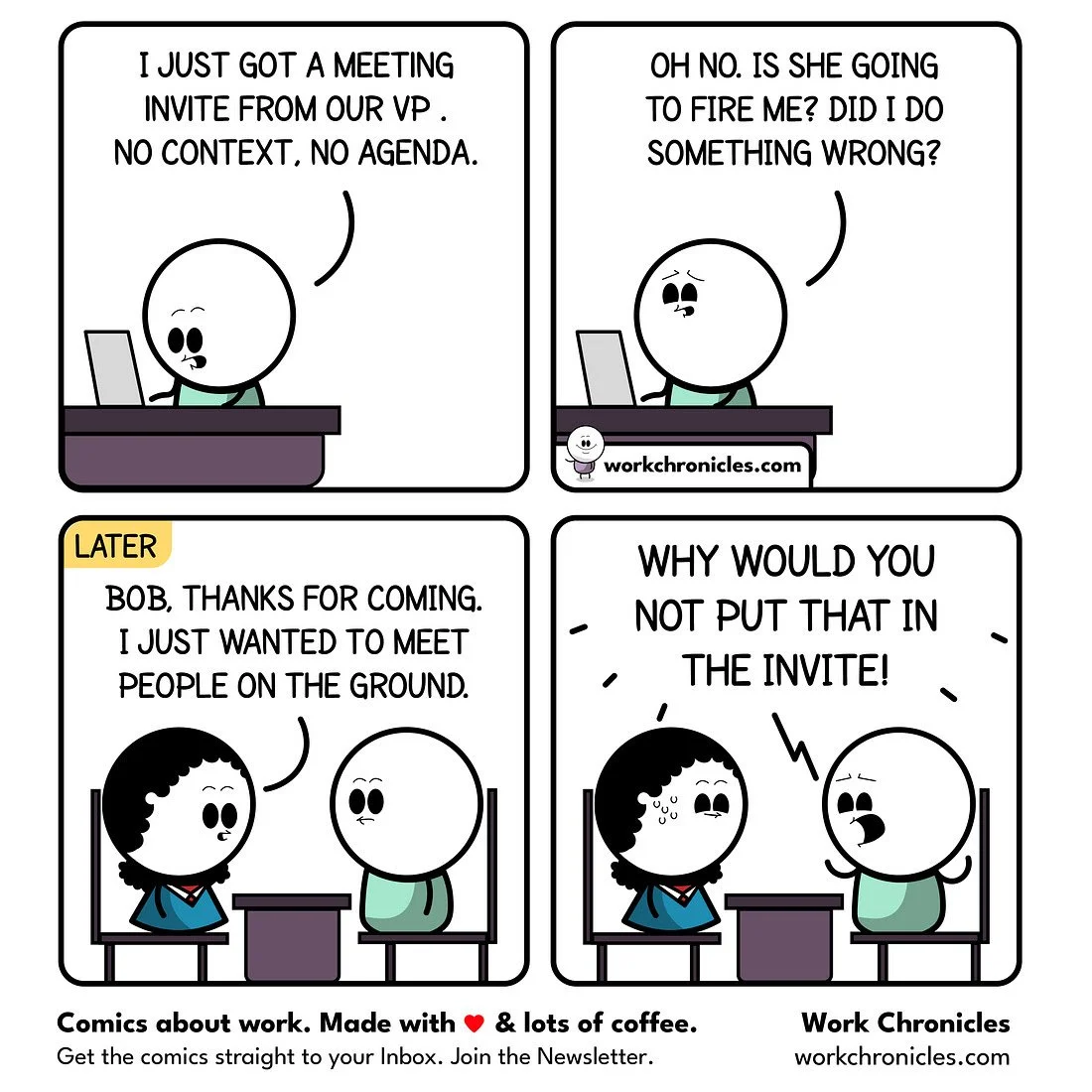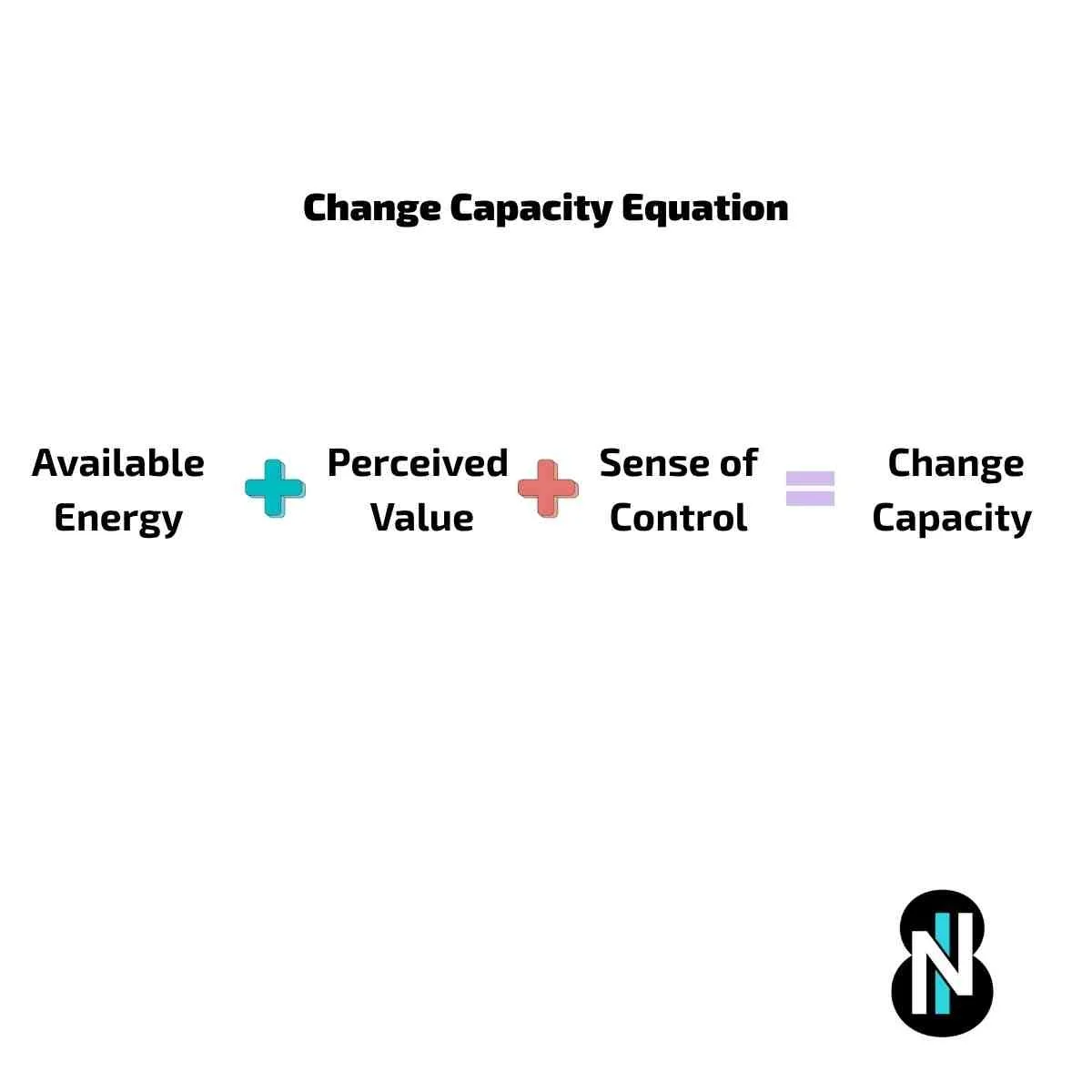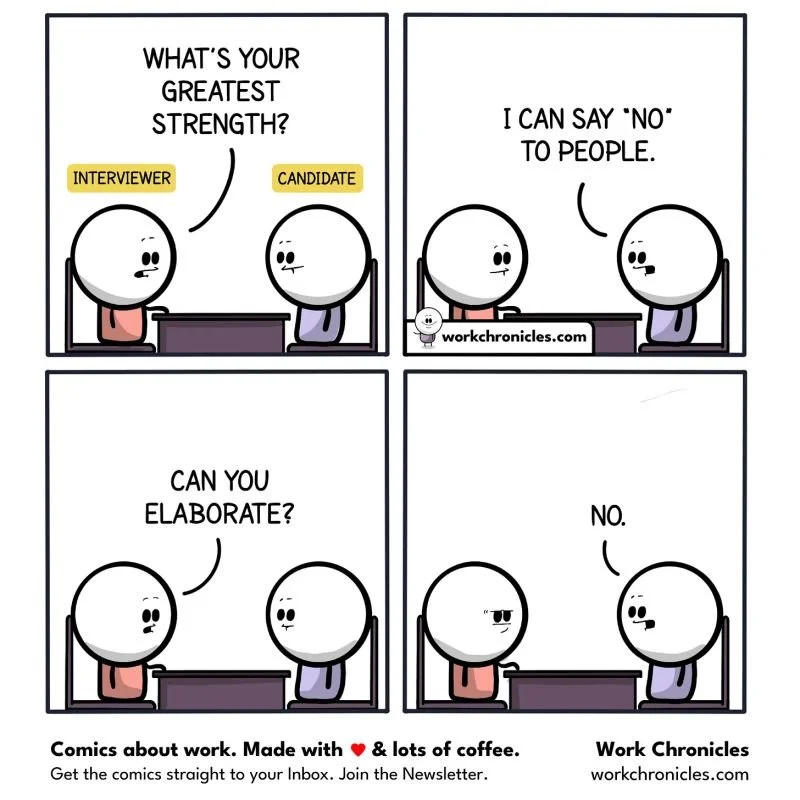
Insights

Herding Squirrels Ep 20
What does it take to scale a fintech product from startup to flagship while keeping your team aligned and engaged? Gowri Sivaraman has spent 25+ years answering that question across multimillion-dollar products at companies like Intuit. In this episode, she shares the hard-won wisdom behind building teams that hold each other accountable and have fun doing it—revealing why the best teams never lose sight of their shared vision, how to remove emotion from cross-functional accountability, and what a failed basketball attempt taught her about leadership vulnerability.

Silence is Communication
When leaders stay silent during organizational change, teams fill the information vacuum with worst-case assumptions. This triggers the brain's threat response, particularly around certainty - one of five domains in David Rock's SCARF model. Effective leaders communicate about uncertainty itself: acknowledge what's unknown, share what they do know, explain how decisions are being made, set update cadence, and give teams actionable steps.

Herding Squirrels Ep 19
In this episode, Barninder shares his counterintuitive approach to leading through uncertainty: upskilling your existing team beats hiring specialists every time. Your people already understand your culture, your technology, and your constraints—teach them the new skills rather than bringing in outsiders who'll spend months learning what your team already knows. He draws parallels between failed "Chief Digital Officers" and today's siloed "AI teams," warning that specialized groups without organizational integration create more problems than they solve.

Your Team Isn't Resisting Change
Here's what makes adaptation possible: when your team's identity and your organization's purpose are clear, you can show how this change serves that shared purpose. When people see the change isn't random—it's in service of something they already believe in—the energy for adaptation becomes available. That doesn't mean resistance disappears. But it transforms from "why are we doing this?" to "how do we do this well?"

Herding Squirrels Ep 18
In this episode, Boomie builds four LEGO models that reveal her philosophy on engineering leadership. From her personal life to the best and worst team experiences, she shares insights on clarity, alignment, and the balancing act CTOs face in today's rapidly changing tech landscape. The conversation dives deep into managing AI adoption, addressing fear at all organizational levels, and why transparency—balanced appropriately—is critical for team success.

Herding Squirrels Ep 17
In this conversation, Rosemary shares the story of successfully merging two engineering teams, navigating a high-stakes product launch under time pressure, and the leadership lessons learned from experiencing both her best and worst team experiences. Rosemary offers practical wisdom on building psychological safety, managing uncertainty during organizational change, and why "thrashing" - expending energy without direction - might be the biggest hidden threat to team effectiveness. Her insights on transparency, leveraging diverse perspectives, and using AI tools to challenge leadership blind spots provide a fresh perspective on modern engineering leadership.

Herding Squirrels Ep 16
You're caught between your team's needs and executive expectations—and you're wondering if there's a better way. Jossie Haines spent 25+ years leading engineering teams at Apple, Zynga, Tile, and American Express, and she's figured out what actually works. You'll hear about the three pillars that keep new leaders from drowning, why your engineers need to process change before moving forward, and what made one team gel so powerfully they built a social network in two weeks.

Team Laughter Builds Connection
Every "ha ha" after a colleague's mediocre joke? Social investment. Every shared chuckle over something mundane? Relationship building. Every moment of genuine team laughter? Strengthening the invisible bonds that make actual collaboration possible. The best teams understand something important: laughter isn't a break from the work. It's part of the infrastructure that makes the work successful.

Why Your Team Won't Say No
Stop thinking psychological safety is some touchy-feely HR initiative. It's your organizational immune system. When your team's immune system is strong, problems surface early. Course corrections happen naturally. Disasters get prevented, not managed. When it's weak? People retreat into survival mode. Your team is constantly calibrating: "What happens when I speak up here?" The answer to that question, accumulated over dozens of small interactions, determines whether they'll save your next big initiative or watch it burn.

Why Workshops Matter
Most workshops are performative. You gather everyone in a room, go through the motions, check a box, and return to business as usual. Nothing shifts. Nothing improves. You've just created expensive theater. But here's what separates transformative workshops from time-wasting ones: Pattern disruption.

Herding Squirrels Ep 15
You're standing on uneven ground. Some days feel solid, other days you're balancing on smaller steps, wondering if you're doing the right thing. Your team is burning out. Deadlines are crushing. And somehow, you're supposed to care about people while shipping product. In this episode, Harini Rajagopal uses LEGO bricks to reveal what made her best team experience happen during COVID—when everything was falling apart. She builds the difference between micromanagement and trust, shows why "you don't have to be best every single time," and shares the leadership advice that turns three impossible options into thirty. If you're trying to balance time pressure with team care, wondering how to lead without all the answers, or navigating the constant tension between shipping and supporting, this conversation will give you permission to be human.

Herding Squirrels Ep 14
You’ve felt it before—that moment when your team just works. Everyone knows what they’re doing, has what they need, and you’re all moving in the same direction. But you’ve also experienced the opposite: the chaos, the misalignment, the daily fight for relevance. In this episode, Adam Tal uses LEGO bricks to build the difference between these two realities. Through hands-on models, Adam reveals what separates teams that thrive from teams that merely survive, why staying at an organization long enough to see the results of your decisions matters more than you think, and what new leaders need to know about supporting rather than directing their teams. If you’re navigating organizational change, leading through uncertainty, or wondering how to create stability in a fast-moving environment, this conversation is for you.

